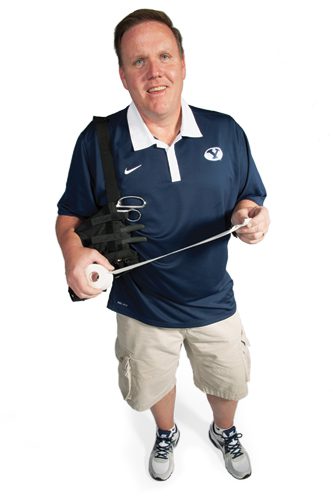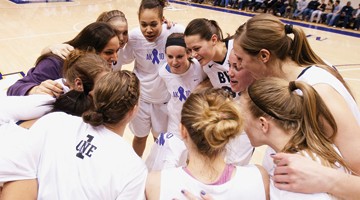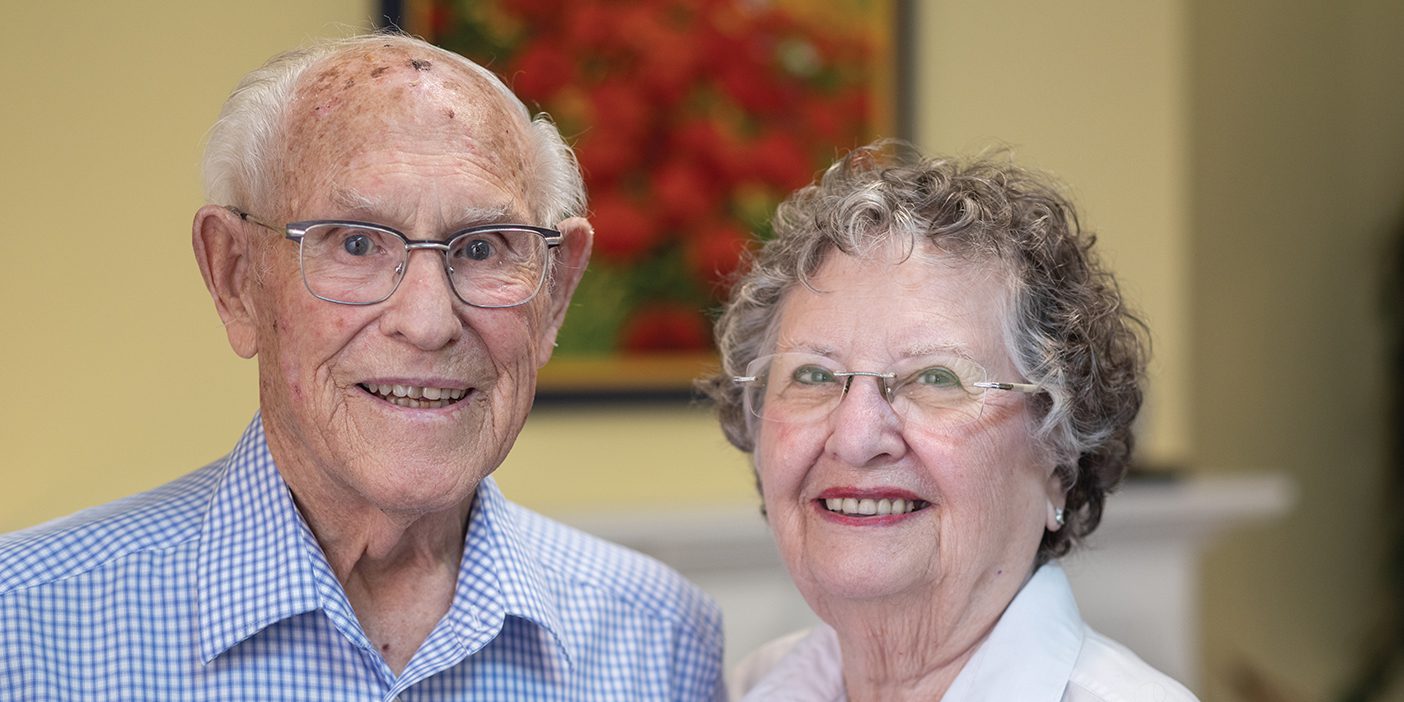When sports injuries sideline athletes, biomedical engineer Dylann Ceriani gets them back on the playing field.
During her junior year at BYU, electrical engineering major Dylann Duncan took an anatomy class and realized she wanted to work in medicine as a surgeon. The All-American—and Academic All-American—volleyball player found the body fascinating.
“I had been hurt a lot and had learned about the body through my injuries,” says Dylann Duncan Ceriani (BS ’89), one of BYU’s 2013 Distinguished Service Award recipients. “Being a surgeon intrigued me, but I continued to pursue engineering for a couple of reasons. First, I wanted a bunch of kids and at the time did not see how I could be an effective mother and physician. The other reason was my college dean, who told me women usually didn’t make it through the electrical engineering program. I wasn’t going to quit and prove him right.”
Ceriani credits her advisor, David M. Ward, with championing her through the program, which was especially challenging because she frequently missed classes while traveling with the volleyball team. “I was on an athletics scholarship and practiced five or six hours a day,” she says. “When the team traveled, I sometimes missed classes once or twice a week.”
Despite these challenges, she went on to attend graduate school at the University of California, Berkeley, where she obtained a master’s degree in biomedical engineering. Her studies involved learning about cartilage, ligaments, tendons, and other tissues and intervening with medical devices. Blending medicine with engineering, Ceriani has used her training to create orthopedic products for athletes. Eight of her products have been patented.
“I consider it really cool when I see someone wearing one of my products, and he or she doesn’t know I designed it,” says Ceriani, who was honored in January 2013 with the NCAA’s prestigious Silver Anniversary Award, given to former collegiate standouts who have succeeded following graduation. “I’ll ask them what they are wearing and how they like it. I remember one person with osteoarthritis who said the brace gave her life back to her. Her knee pain eased, and she can bike, walk, and run. It’s pretty gratifying to help people regain their quality of life, and it’s really fun to keep my part in it a secret.”
After working for several years for brace companies, Ceriani—while mothering her own five children—spent two years conducting motion analysis of children with cerebral palsy at a hospital in San Diego. She also researched gaits and polio braces. “I was thrilled whenever I saw improvements where the children could walk more normally,” she says. The perpetual problem was funding. Ceriani found herself constantly having to seek financial support for the patients she served. Sometimes she’d use her own funds to complete research.
Eager for new challenges, Ceriani is now part of a contract medical device company that works in microfluids. Instead of developing orthopedic knee braces (which she still does as a consultant), she gets to figure out how to distill complicated lab procedures into small, easy-to-use cartridges that can quickly diagnose if patients have specific diseases—research she calls “amazingly interesting.”
“Honestly, I don’t know why more girls don’t get into science and engineering,” she says. “It’s so cool. If you just look at the world around you, everything has engineering in it. With everything you see, somebody had to design and figure out how to do it. Somebody had to come up with a way to lock a door; someone had to design cars. Hey, somebody had to figure out how to get mascara to stick to a brush.”
— Charlene Renberg Winters (BA ’73, MA ’96)









